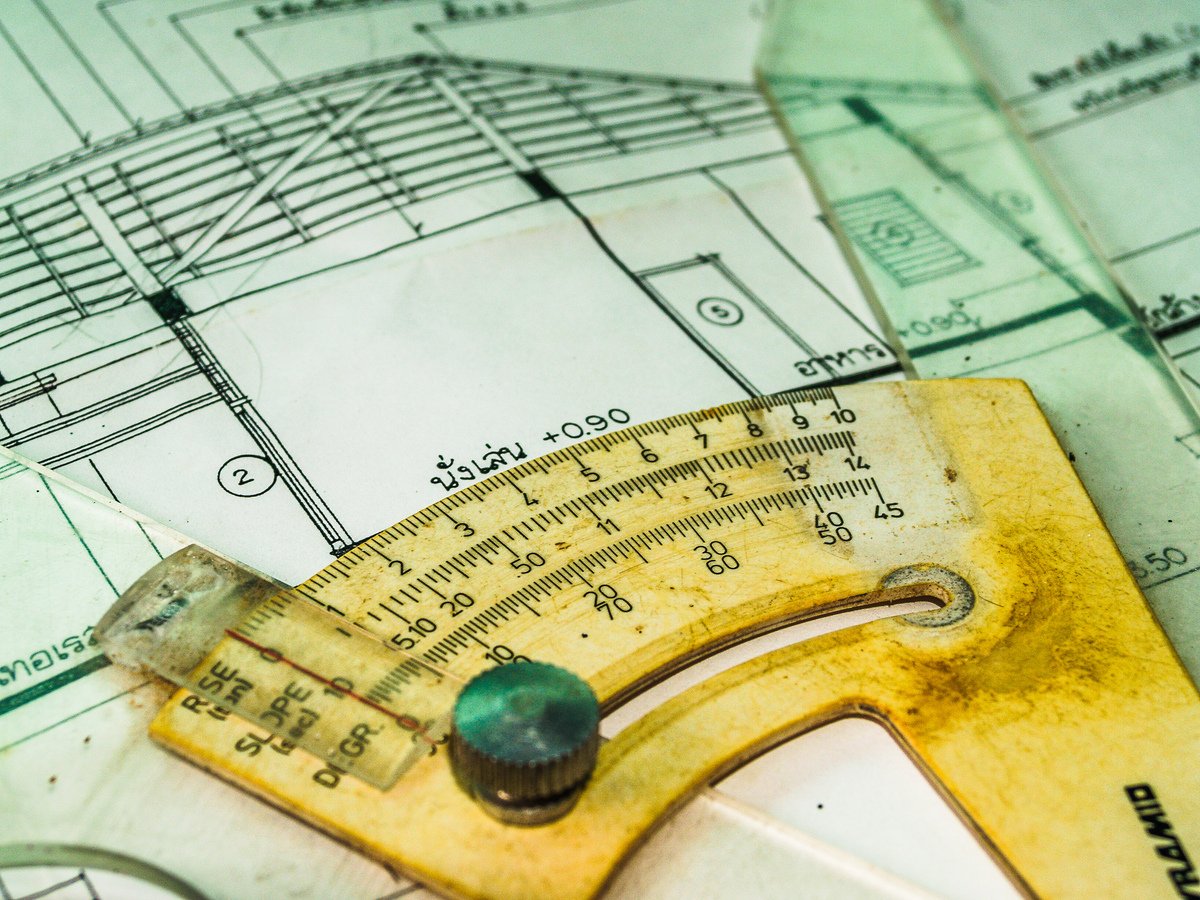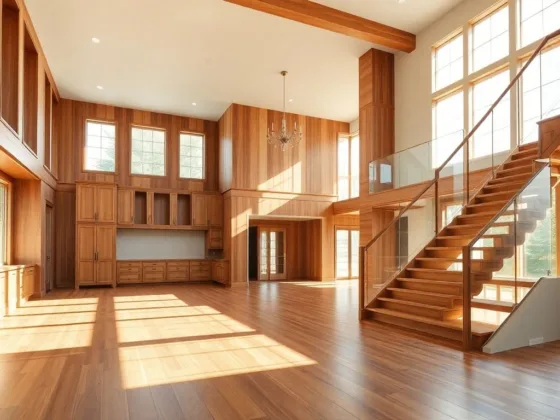Table of Contents Show
Design engineers are the cornerstone of any construction project. They are the creative minds and technical geniuses behind the construction designs that transform our cities, homes, and infrastructure.
This role involves a seamless blend of artistic aptitude and scientific understanding as these professionals draft blueprints, test structural integrity, and ensure that each project meets aesthetic ideals and stands the test of time.

In this post, we’ll further explore the nuanced role of a design engineer in construction, unraveling the complex web of tasks they perform and shedding light on how these professionals shape the world around us.
For an expert breakdown of the roles and salaries of design engineers, visit Bridgit’s blog to learn more.
What is a design engineer?
A design engineer, particularly within the realm of construction, is a professional responsible for creating, refining, and optimizing the blueprint of a project. Here’s what they do and how they shape (quite literally) our cities.
Drafting blueprints
Design engineers create blueprints – detailed drawings that outline the dimensions, materials, and construction procedures of projects. For instance, when working on skyscraper projects, they outline height, number of floors, elevator placements, emergency exits, etc.
Structural analysis
Design engineers conduct structural analysis to ensure all elements of the design will withstand various environmental factors. This could include wind speeds for high-rise buildings or soil conditions for underground structures.
Materials selection
They also decide on the materials to be used in construction. This decision is based on several factors, such as the project’s budget, desired aesthetic, and structural requirements. For instance, a design engineer might opt for steel beams in a commercial building for their load-bearing capacity and durability.
Compliance with regulations
Design engineers ensure their designs adhere to local and national building codes while being mindful of environmental regulations to have minimal environmental effects.
Coordination with other professionals
They collaborate closely with other professionals in the industry, such as architects, contractors, and surveyors, in order to streamline projects and avoid potential issues during construction.
In essence, a design engineer merges creativity with technical knowledge to create structures that look good and are safe, functional, and sustainable. Their role is pivotal in shaping our built environment.
What does it take to become a design engineer?
Becoming a design engineer involves possessing technical abilities, creativity, and an in-depth knowledge of construction processes. Here are the qualifications and skills necessary:
Education
Design engineers typically have at least a Bachelor’s degree in either Civil or Mechanical Engineering; some positions may also require further specialized training, such as master’s programs.
Licensing and certification
In many countries, design engineers need to be licensed. This often involves passing an examination and meeting certain work experience requirements. Additionally, obtaining certifications such as the professional engineer (PE) credential can enhance career prospects.
Technical proficiency
Design engineers need to be adept at using computer-aided design (CAD) software for drafting and 3D modeling. Proficiency in structural analysis software is also crucial.
Mathematical and analytical skills
Strong mathematical skills are necessary for understanding complex blueprints and schematics. Design engineers also apply physics and structural analysis principles to ensure their designs are sound and functional.
Project management skills
Design engineers often oversee projects, requiring them to manage resources and timeframes and communicate with multiple parties, including contractors, architects, and clients.
Communication skills
They need to convey complex technical information to non-technical individuals, making excellent written and verbal communication skills a must.
Attention to detail
Every element of a design can impact the final construction. Therefore, design engineers must be meticulous and detail-oriented – ensuring that every aspect of their design is as precise and accurate as possible.
Creativity and problem-solving ability
Design engineers must think outside the box to solve intricate, complex design problems. Additionally, they must innovate and create designs that are aesthetically pleasing, functional, and sustainable.
Design engineers are important
Design engineers play an integral role in the construction industry. Combining creativity, innovation, and education with technical know-how, their services produce structures that are safe, functional, and attractive while adhering to all environmental and construction regulations.
It’s a profession that requires rigorous education, a broad skill set, and an unwavering attention to detail.
Through their work, design engineers significantly shape our built environment, merging the realms of art and science. Therefore, if you have an eye for design, a mind for detail, and a desire to influence the world around you, a career as a design engineer could be your calling.










